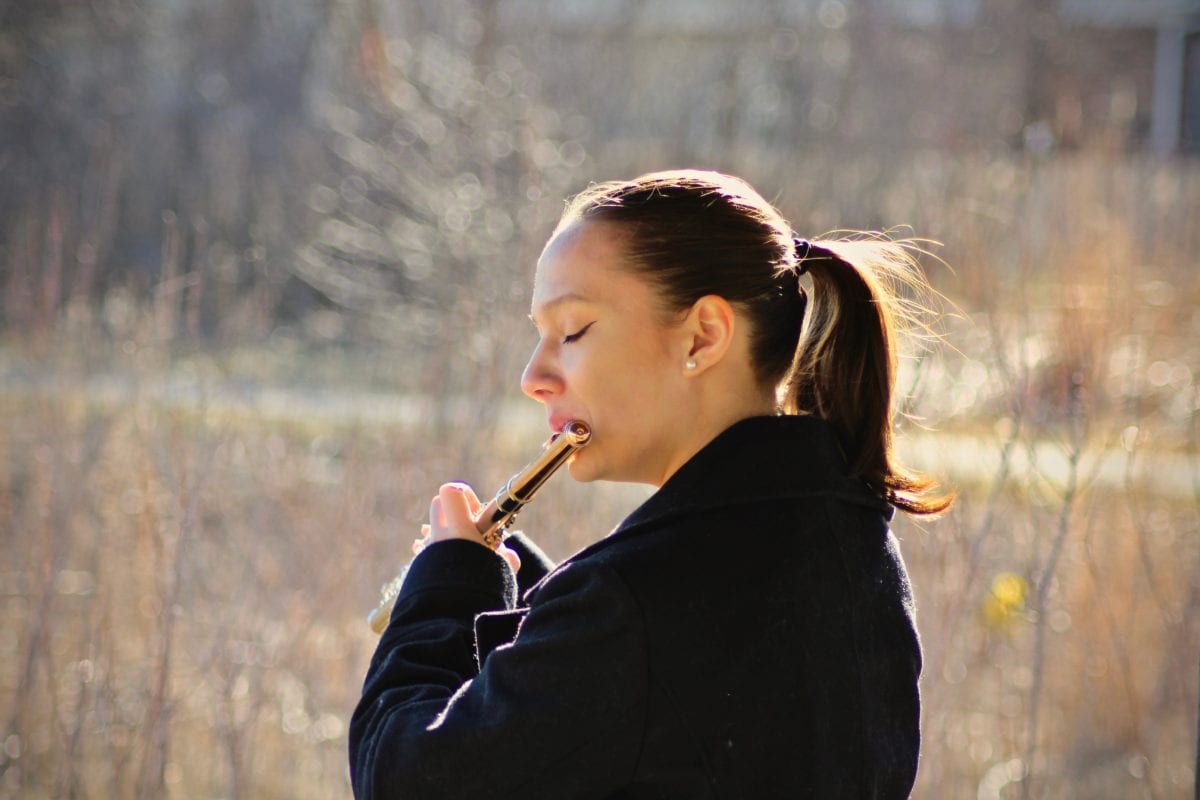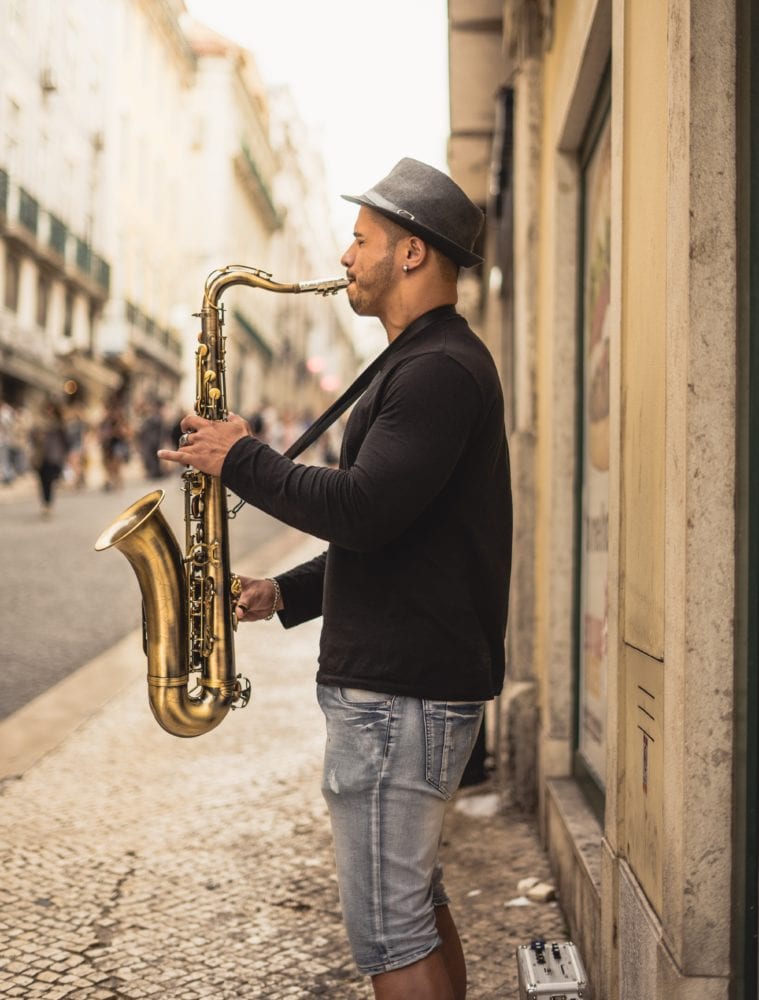Suite 3, Ground Floor, The Gateway,
312 St Kilda Road, Southbank, VIC, 3006
Brass & Woodwind – what position is best to play?

What is your favourite position to play your instrument in?
Research has reported that standing up is the favourite position of woodwind and brass players (Ackerman, et al., 2014). However, it seems that most of your rehearsals are set up for sitting down on the old bucket seat in the school gym.
When looking at the research, it reports that there is more abdominal movement (in and out) when you are sitting down. The research reports that there is no difference in sitting on a flat seat or seat that is inclined forward (Ackerman, et al., 2014). The research also reports that there was less abdominal muscle activity in standing….sounds interesting but not what you might have predicted.
Why is it then that you feel most comfortable and your breath feels most “supported” when you are standing up?
When you are standing up, your deep abdominal muscles are naturally activated to support the weight of your trunk, abdominal contents and the weight of your instrument.
When you breathe in, your diaphragm contracts and descends down towards the floor, creating pressure in the abdominal cavity. In response, the activity of your pelvic floor muscles increase to prevent you losing your abdominal contents to the floor. The pelvic floor and deep abdominal muscles (transversus abdominus) are connected and activate together. It is this deep muscle activity is the most likely reason that you feel “supported” whilst playing.
Why is it then, that there is decreased muscle activity reported in the research?
It is hypothesised in the research that this deep abdominal muscle was not detected by the research surface probes (used to detect muscle activity) and that there was less activity of the outer abdominal muscles (the external and internal oblique). Therefore, it seemed like there was overall less abdominal activity when in fact, there is deep abdominal activity and less outer abdominal activity. The end result, less over activity of the outer abdominals means that you can control your air flow more consistently and thus have a more sustainable and easier breath mechanism whilst playing.
So how does this help with position to play in? To simplify it (even though we know it can be complex)
If you are sitting
- Be dynamic in your pelvis.
- Sit with your pelvis tilted slightly forward so that your deep postural muscles activate in a way that is similar to standing
- Avoid reclined back chairs (Ackerman, et al., 2014)
If you are standing:
- Connect to the floor
- Soft knees (don’t lock your knees)
- Allow your rib cage to move freely
- Elongate your head and neck
Dynamic alignment is everything
This simply means, avoid locking your legs, trunk and neck into a set position.
Utilise your deep abdominal muscles to do the work for your posture so that you can connect to your instrument in a sustainable way.
If this has resonated with you and you are curious about how sustainable your playing position is please get in touch with our physios in the team at the Southbank Performance Medicine Clinic.
Book now! https://performancemedphysio.com.au/book-now/

References
Ackerman, B., O’Dwyer, N., & Halaki. M. (2014). The difference between standing and sitting in 3 different seat inclinations on abdominal muscle activity and chest and abdominal expansion in woodwind and brass musicians, Frontiers in Psychology, 5; 913
Price, K., Schartz, P., & Watson, A. (2014). The effect of standing and sitting postures on breathing in brass players. SpringerPlus, 3: 21


